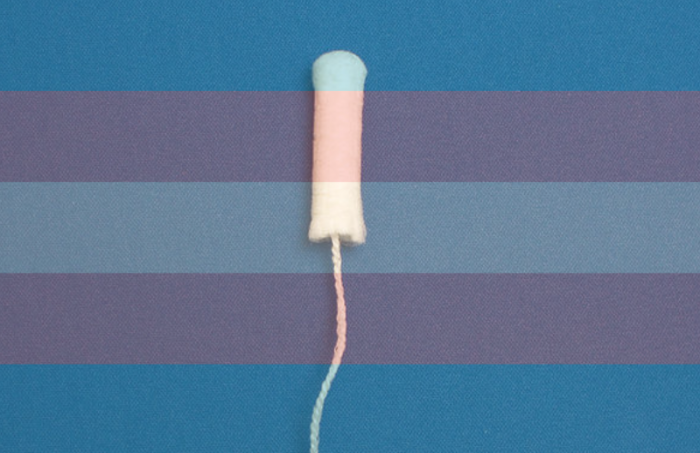Companies typically design women’s personal hygiene products using stereotypically feminine colors, language, and symbols.
However, as society has started to realize that gender is far more complex than the binary male/female, many are starting to feel that this practice is unfair to the growing number of individuals who don’t necessarily conform to the traditional feminine identity.
People who have vaginas and need period supplies don’t always identify as women or girls, making the packaging of most of these products somewhat alienating for many consumers. Inclusivity is important, whether it’s in the workplace or the tampon aisle.
Here’s why we need genderless “feminine hygiene” products—and where we stand today in reaching that goal.
The Evolving Feminine Hygiene Product Market
The feminine hygiene market has stayed pretty much the same until recently. Tampons were invented in the late 1920s, but few innovations have occurred in the industry since then. Most options throughout the 20th century and early 21st century consisted of disposable feminine-branded pads, tampons, and liners.
In the last few years, however, the demand for alternatives to traditional pads and tampons has prompted interest in reusable menstrual cups and “period panties” for people who want more convenient, cost-effective, and environmentally friendly options. These alternatives have become extremely popular, but until recently, they were also marketed solely to people identifying as women or girls.
Fortunately, that’s starting to change as well. In October of 2019, major feminine hygiene manufacturer Always responded to transgender activists and ally requests to change the product packaging on the Proctor & Gamble-owned brand to be more inclusive. The brand has said it will remove the Venus symbol to make the packaging more gender-neutral.
Although many smaller manufacturers have adopted gender-neutral messaging, branding, and packaging, this is the first time a large company has stepped up. We will hopefully see this trend continue as the industry evolves in the next few years.
Being LGBTQ+
People who identify as LGBTQ+ often have to deal with many social challenges, such as discrimination and harassment. This starts in the classroom, in many cases, with 70 percent of LGBTQ+ youth reporting that they have been bullied at school. Even youth not yet publicly identifying as LGBTQ+ have been affected, as 78 percent of these students have heard negative comments from family members about the LGBTQ+ community.
That kind of discrimination and negativity takes its toll, but unfortunately, active harassment and discrimination aren’t the only challenges the LGBTQ+ community faces. The community is largely ignored by businesses when making product decisions and designing packaging for their products.
That silence can have a big impact on those who menstruate. By only celebrating women’s coming-of-age stories in promoting their products, the feminine hygiene industry is ignoring its customers in the LGBTQ+ community and creating feelings of isolation and shame.
A Changing Climate Toward LGBTQ+ Inclusivity
Women make up half of the population and have gender-specific health needs. Nevertheless, those health needs are often overlooked. On top of that, people who menstruate but do not identify as female have to deal with these specific health issues and grapple with the lack of inclusivity in female-centric industries like feminine hygiene.
The good news is that the conversations about inclusivity are having an impact on the industry. In fact, many companies are doing away with the problematic term “feminine hygiene” altogether and acknowledging that it both excludes and shames.
Many smaller companies are leading the way in their packaging and branding, hoping to make everyone who needs their products feel welcome. Some brands are using terms like “period care” and releasing new products aimed at inclusivity, like gender-neutral period boxer briefs. LGBTQ+ inclusivity in the industry is on the rise, and it’s about time.
More Changes to Come
The fact that even large companies are listening to the call for inclusivity is a signal of things to come. The United States is finally reaching a turning point in providing period products for all. However, it’s not going to be smooth sailing at every stage of the journey.
Even some entrepreneurs who are pushing for inclusivity admit that they’ve made missteps in creating gender-neutral packaging—after all, gender programming runs deep. But the important thing is that they’re working toward inclusivity and trying to be better every day, working hard for the people who have been ignored in the past.












Read 6 comments and reply